- (英語)HOME
- Learn more about IGA
- The Travels of Matsuo Basho

The Travels of Matsuo Basho
Active as a poet in the early Edo Period, Matsuo Basho was considered as a master of the art form. He was born in the year 1644, the second son of Matsuo Yozaemon. His best-known works include the travelogues The Narrow Road to the Deep North and Travelogue of Weather-Beaten Bones. One of the greatest poets in Japanese history, Basho established a highly artistic style of haiku known as Haiku Shofu and is known worldwide as a poetry master. On October 12, 1694, while traveling in Osaka, he fell ill and passed away at the age of 51.
Basho's Ancestral Home
Matsuo Basho was born in Iga and is thought to have lived in this house until the age of 29. See how Basho lived in the interior, which replicates life at the time.
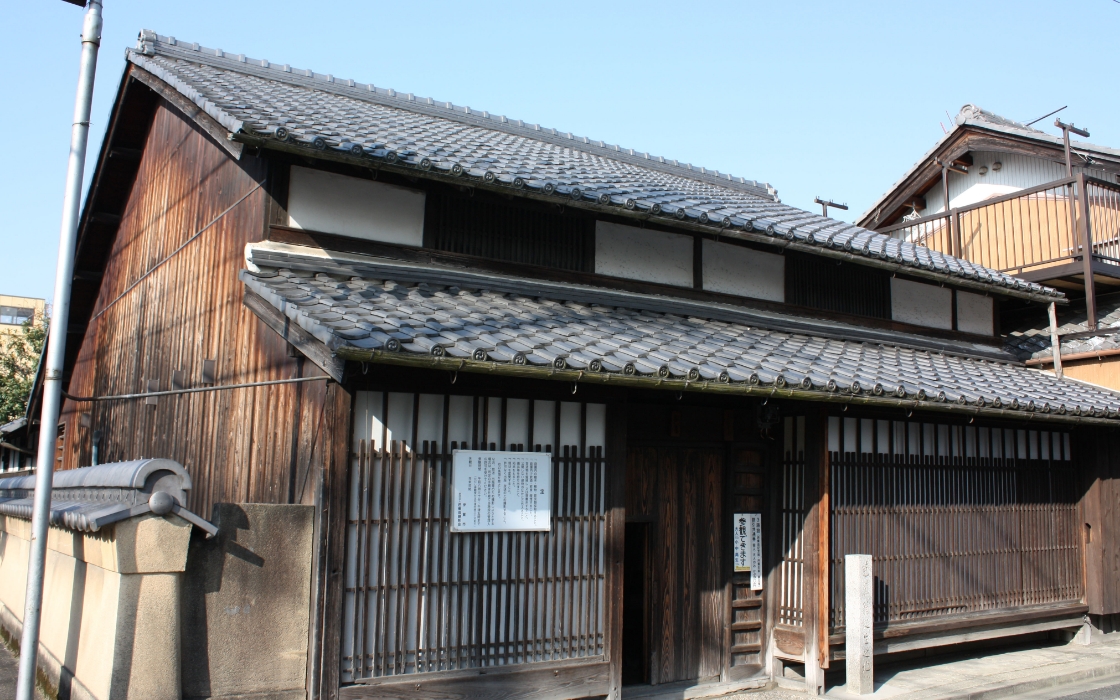
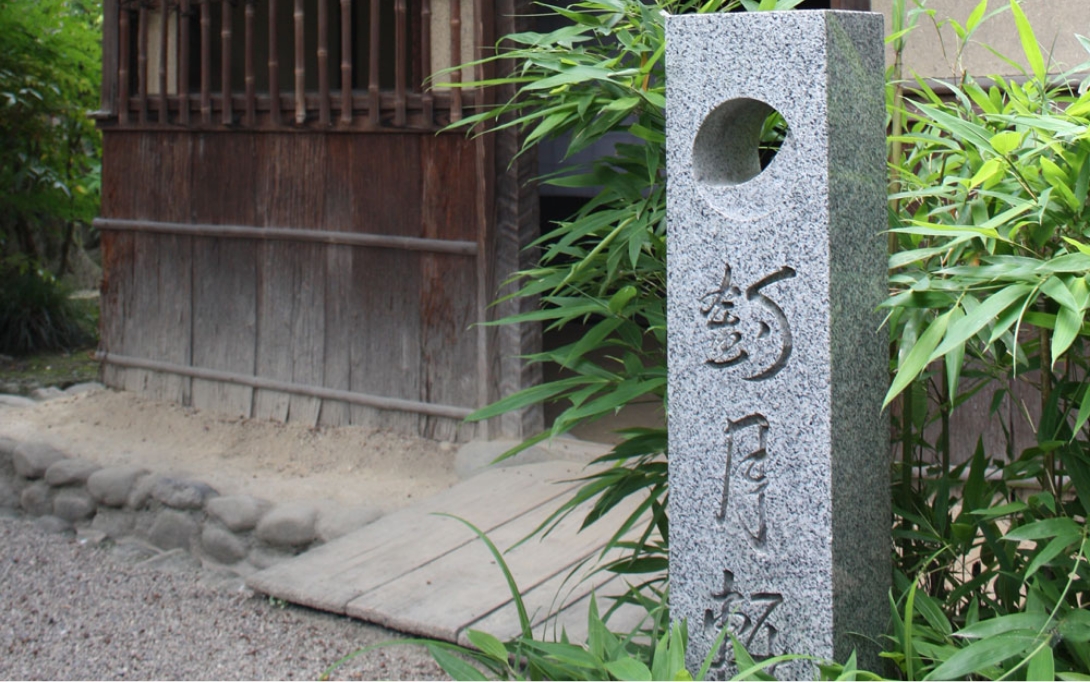
Located in the inner garden, Chogetsuken is where Basho wrote his first collection of haiku, The Seashell Game, and it is said that this is where he would stay when he returned home. Even after he left for his travels, he returned home many times, and at the end of 1687, he found his own umbilical cord at his family home. Unable to contain his longing for his late parents and his hometown of Ueno, he wept. This is referenced in a poem, which is engraved on a stone monument here: "My hometown and umbilical cord / bringing me to tears / at year’s end”.
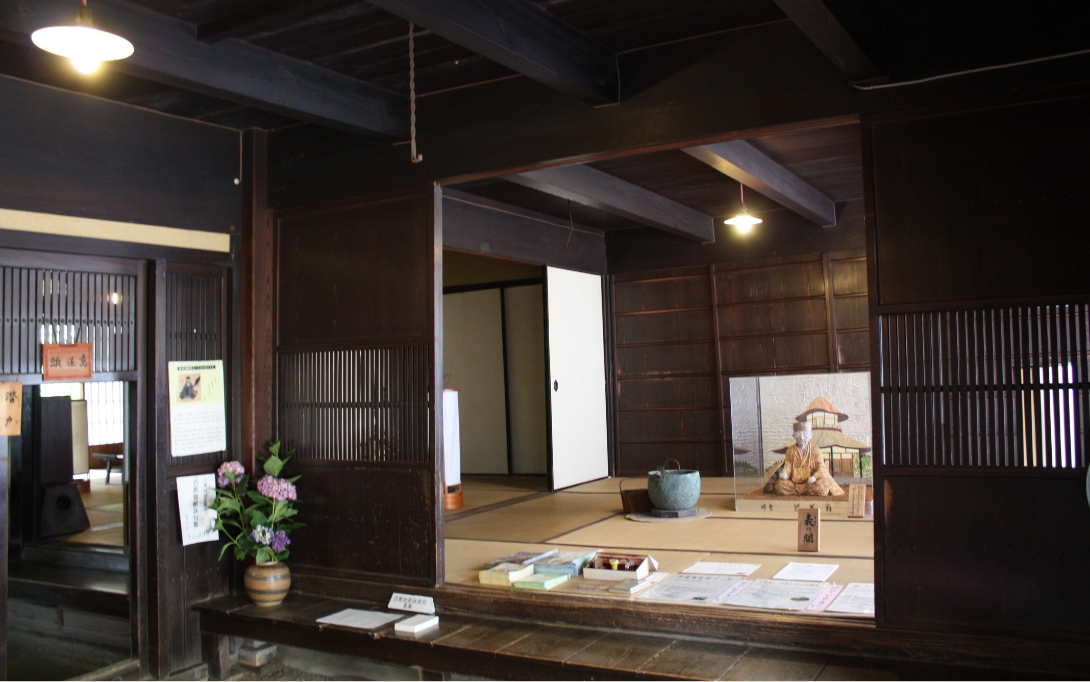
Basho’s birthplace is not a samurai residence, but a townhouse called a machiya. The earthen floor in the center leads from the entrance to the backyard, with three rooms called a mise, nakanoma, and zashiki in a row on the left side and a courtyard and storehouse in the back. A latticework door (which has since been removed) served as a partition between the mise and the nakanoma. On the mezzanine floor is another feature of the house, a storage space called a tsushi.
Basyo's Ancestral Home
This is the birthplace of Matsuo Basho, one of Japan’s most renowned haiku poets, born here in 1644 (Shōhō 1). He spent the first 29 years of his life at this residence in Iga.
In the inner garden stands Chogetsuken, a small detached retreat where Basho is said to have stayed during visits home.
It was here that he wrote his first published haiku collection, Kai Oi (Shell Gathering).
| Adress | 304 Uenoakasakacho,Iga City,Mie |
|---|---|
| Contact | TEL:(+81)595-24-2711 HP:http://www.basho-bp.jp |
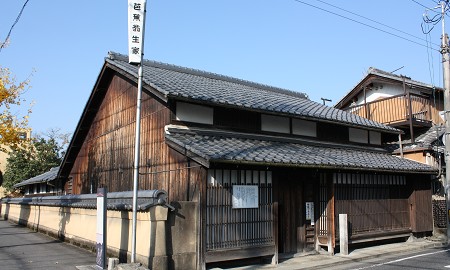
Haiseiden
This building was constructed in 1942 to commemorate the 300th anniversary of Matsuo Basho’s birth and serves as an expression of his journeys. The round roof represents his straw hat, the Haiseiden plaque his face, the octagonal shade his straw cape and robe, the hall his legs, and the pillars of the corridors represent his cane and feet.
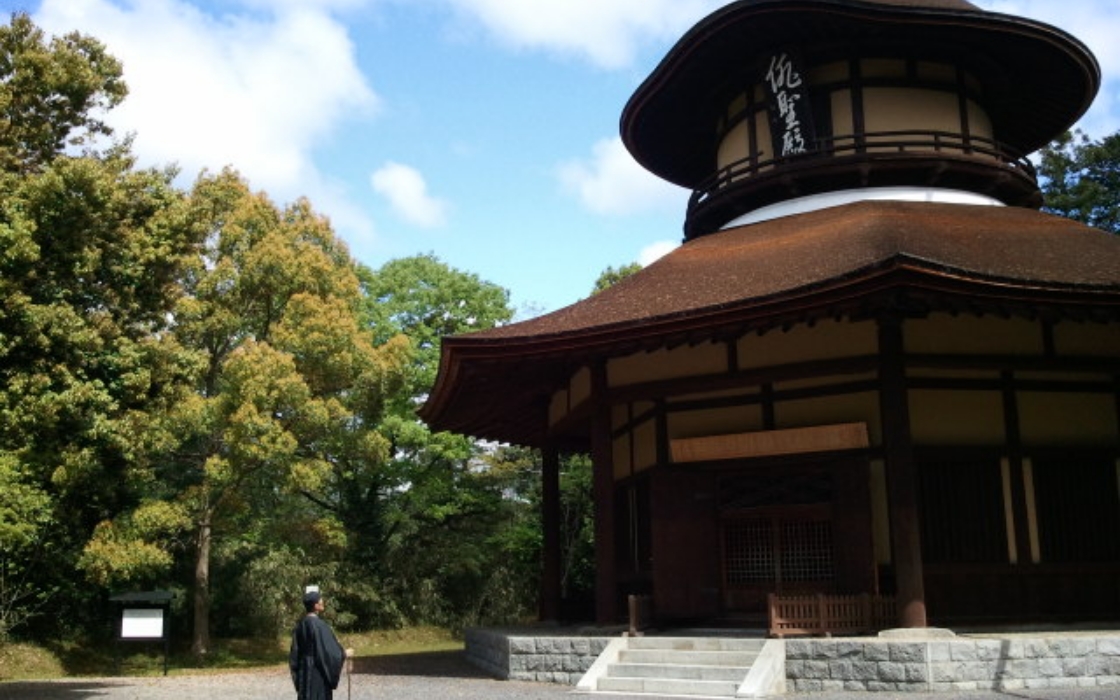
Designed by Shimada Sennosuke with guidance from architect Ito Chuta, this place was designated a Tangible Cultural Property by Mie Prefecture on March 19, 2008, and a National Important Cultural Property on December 24, 2010. It is a two-story wooden hall with a cypress tile roof and a multi-storied octagonal tower. This building, which is unique in Japan, is considered a masterpiece of architecture in that it expresses the traveler and the architecture as one.
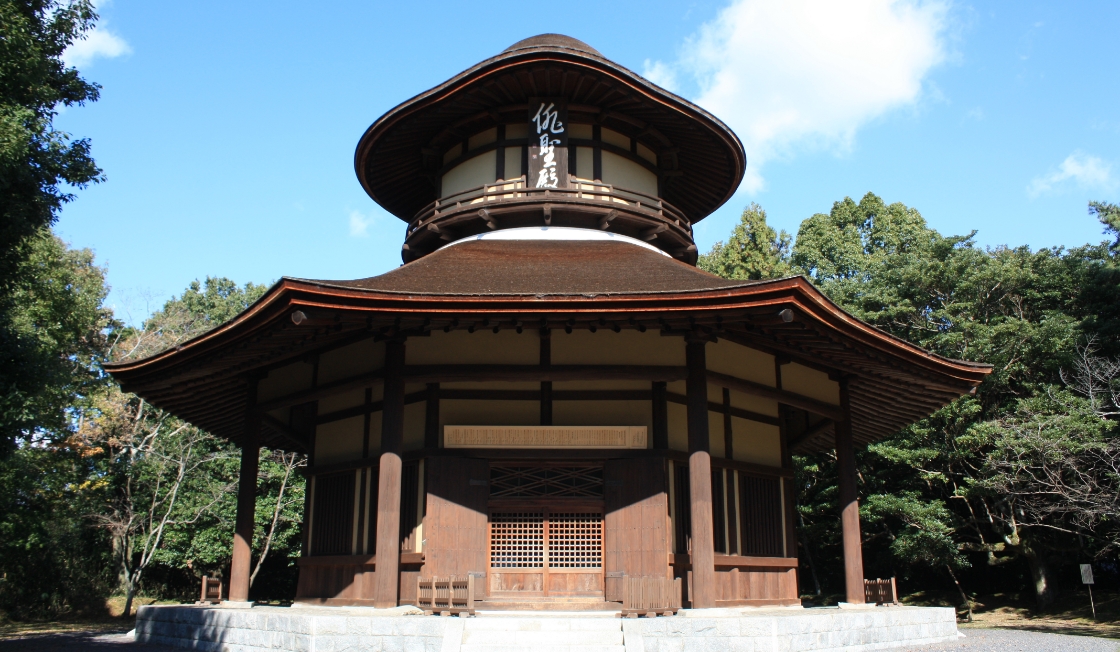
Haiseiden
This octagonal pavilion is designed to resemble the traveling figure of Matsuo Basho, the "haiku saint" who elevated haiku to the level of an art form.
Built in 1942 to commemorate the 300th anniversary of Basho's birth, the pavilion’s shape symbolizes his journeying spirit.
Inside, a life-sized seated statue of Basho made from Iga-yaki pottery is enshrined and displayed annually during the Basho Festival on his death anniversary, October 12th.
In 2010, the pavilion was designated as an Important Cultural Property by the Japanese government.
| Adress | 117-4 Uenomarunouchi,Iga City,Mie |
|---|---|
| Contact | TEL:(+81)595-22-9621 HP:http://www.basho-bp.jp |
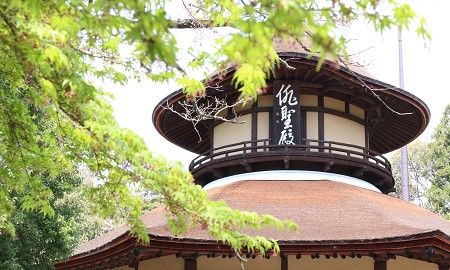
Basho Memorial Museum
Along with documents written in Basho’s actual handwriting are materials related to renga and haikai poetry on display, as well as three featured exhibitions and one special exhibition held each year.
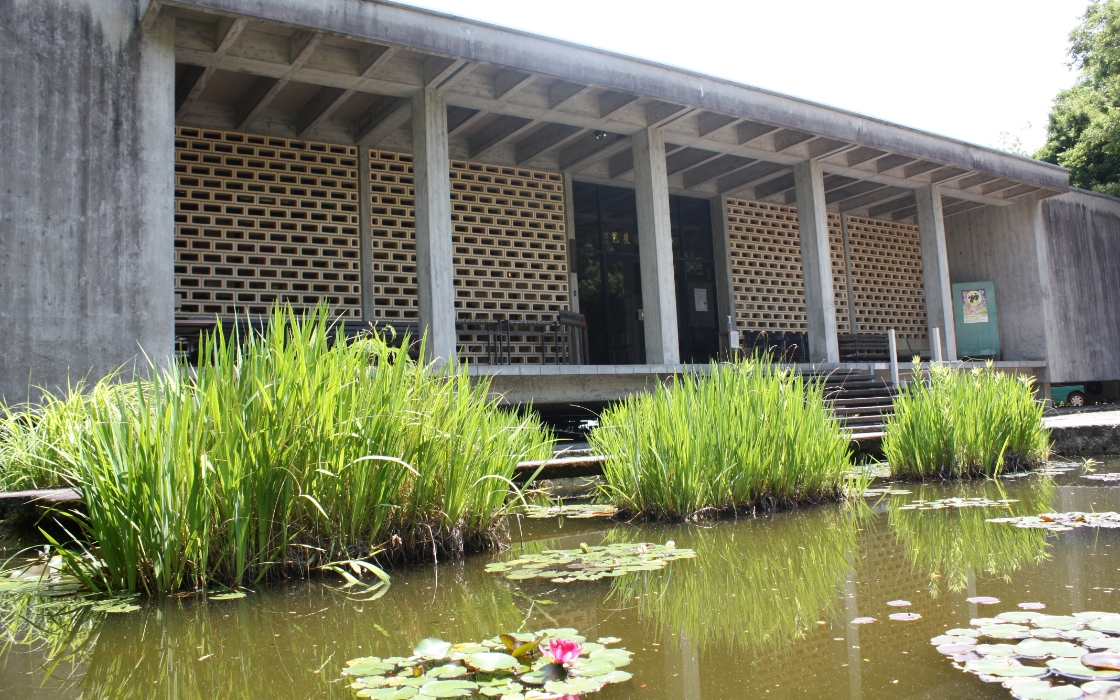
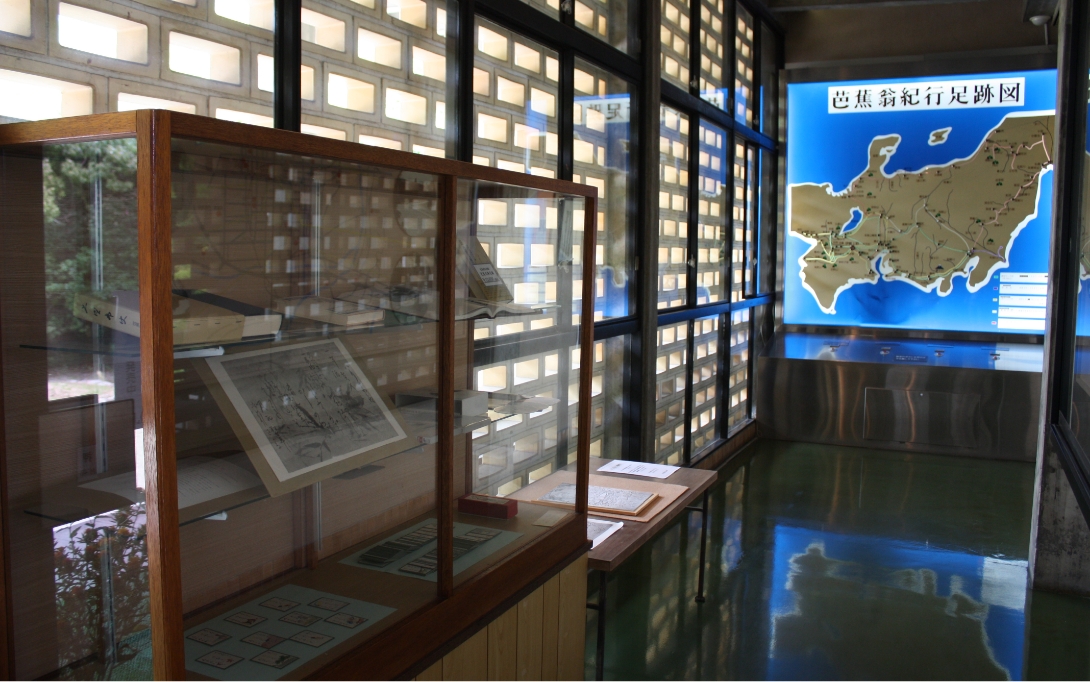
Near the entrance, there's the Footprint Map of Basho's Travels, an electronic panel that shows the footprints of five of Basho's journeys: Journey of Weather-Beaten Bones (Poetic Pilgrimage in the Year of the Elder Rat), Kashima Pilgrimage, Knapsack Notebook Journey, Sarashina Journey, and Narrow Road to the Deep North Journey. There're also Kuina Whistles available for purchase, as Basho was fond of water rail, a bird known as kuina in Japanese.
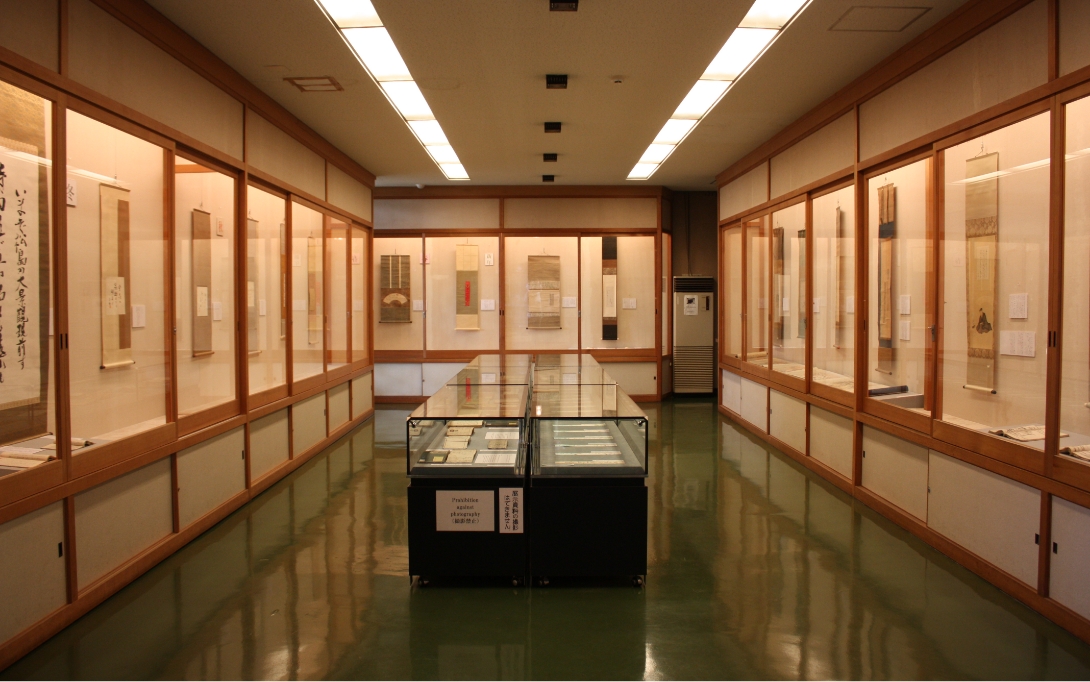
The museum was built in 1959 after a generous donation from Kambe Mannosuke as part of a project to honor the master poet Basho. It was constructed in a corner of Ueno Park.
Basyo Memorial Museum
In addition to original calligraphy by Matsuo Basho, the exhibition showcases materials related to renga (linked-verse poetry) and haikai (comic linked-verse).
Displayed items include Basho’s handwritten shikishi (poem card) with the verse “Tabibito to wa na yobaremu hatsushigura” and his will.
Special exhibitions are held four times a year.
| Adress | 117-13 Uenomarunouchi,Iga City,Mie |
|---|---|
| Contact | TEL:(+81)595-21-2219 HP:http://www.basho-bp.jp |
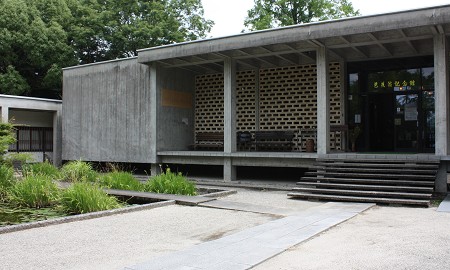
Minomushi-An Hermitages
A thatched-roof hut that once belonged to Hattori Toho, a disciple of Basho, this is the only one of Basho’s five hermitages (Mumyoan, Seireian, Toreian, Hyochikuan, and Minomushian) that still exists today.
On January 19, 1938, it was designated as a Cultural Heritage Site and Place of Scenic Beauty by the prefecture.
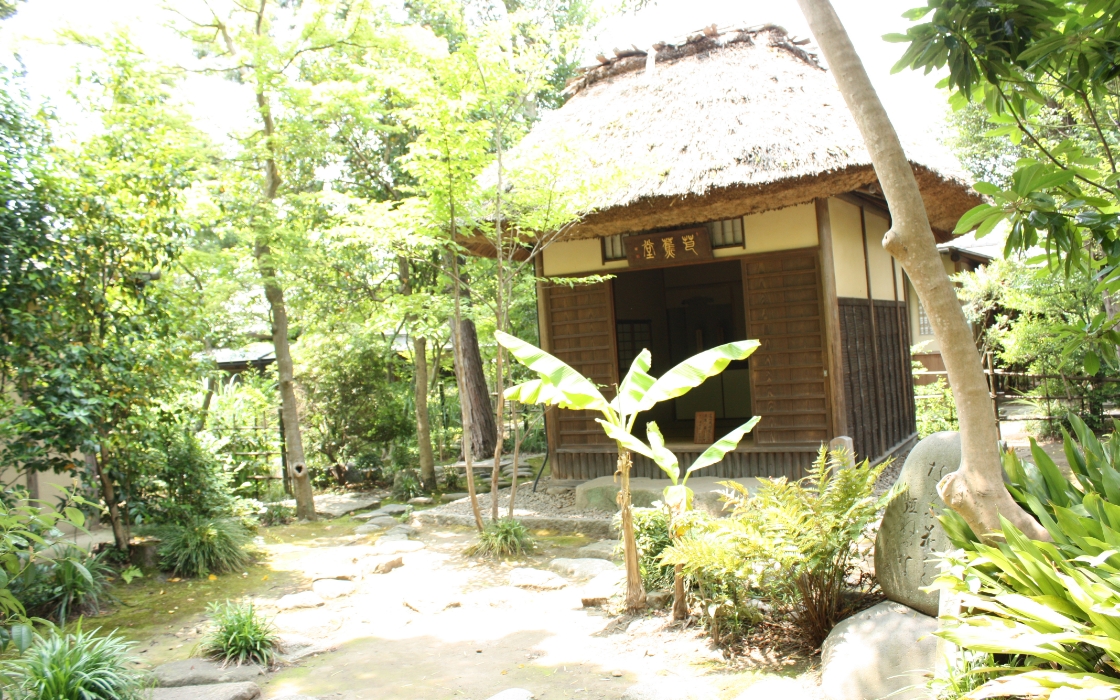
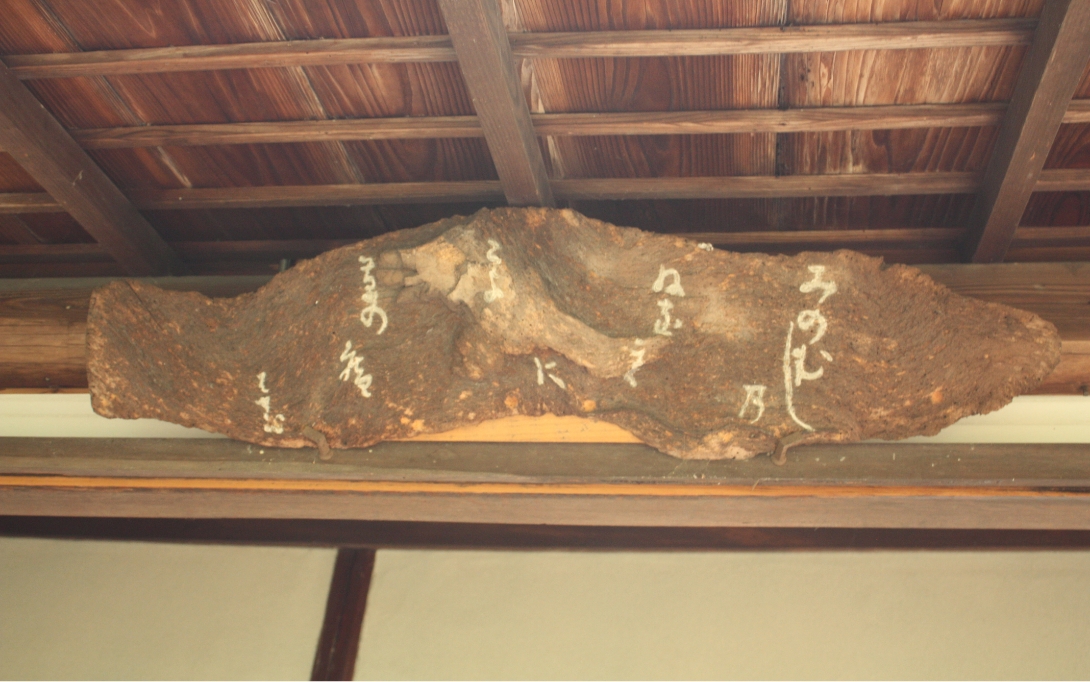
Basho visited the hermitage a few days after Toho opened it in March 1688 and named it Minomushian after the poem "Come to my hut / and hear the cry / of the bagworm" that he presented as a gift to celebrate its opening. ("Minomushian" can be translated as "Bagworm Hut".)
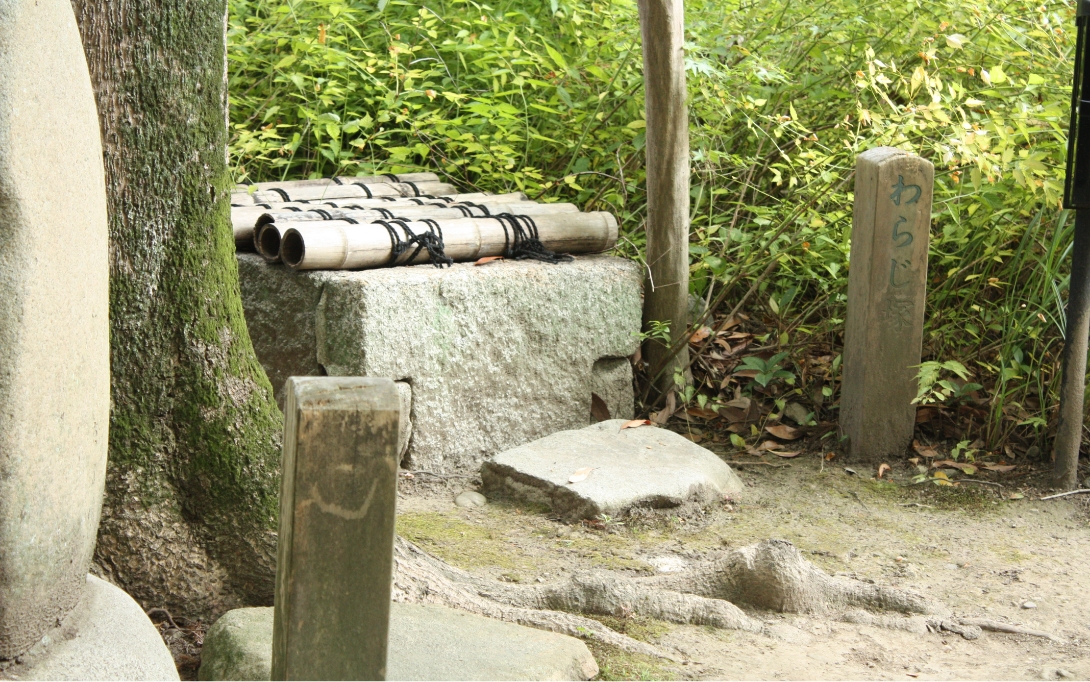
In the garden is the Hattori Toho Memorial Cemetery, built at Sairenji Temple in 1929 on the occasion of the 200th anniversary of his death then later moved to Minomushian to commemorate its designation in 1938 by Mie Prefecture as a Historic Site and Place of Scenic Beauty in 1938, as well as Warajizuka, a mound created by Toho with the straw sandals that he received from Basho when he took them off upon his return to his hometown.
Minomushi-An Hermitages
This is the only surviving hermitage among the five hermitages associated with Matsuo Basho.
It was the residence of Hattori Dohou, a senior disciple of Basho and member of the Iga Renshu poetry group.
At this hermitage, Dohou compiled Basho’s final words and authored the work Sansooshi (Three Manuscripts).
The hermitage was named after a haiku Basho gifted to celebrate its opening:
"Minomushi no oto o kiki ni koyo kusa no io"
("Come to listen to the sound of the bagworm in this grass hut").
| Adress | 1820 Uenonishihinatamachi,Iga City,Mie |
|---|---|
| Contact | TEL:(+81)595-23-8921 HP:http://www.basho-bp.jp |
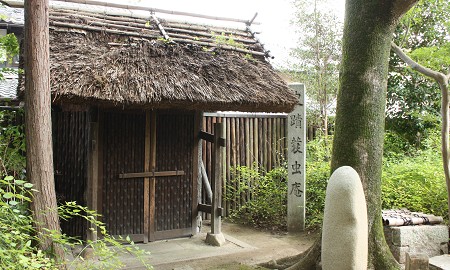
Aizenin Temple & Kokyozuka Mound
The family temple of the Matsuo family, located just a 3-minute walk from Basho’s birthplace. There's a mound known as Kokyozuka, where Basho’s hair was buried after he died.
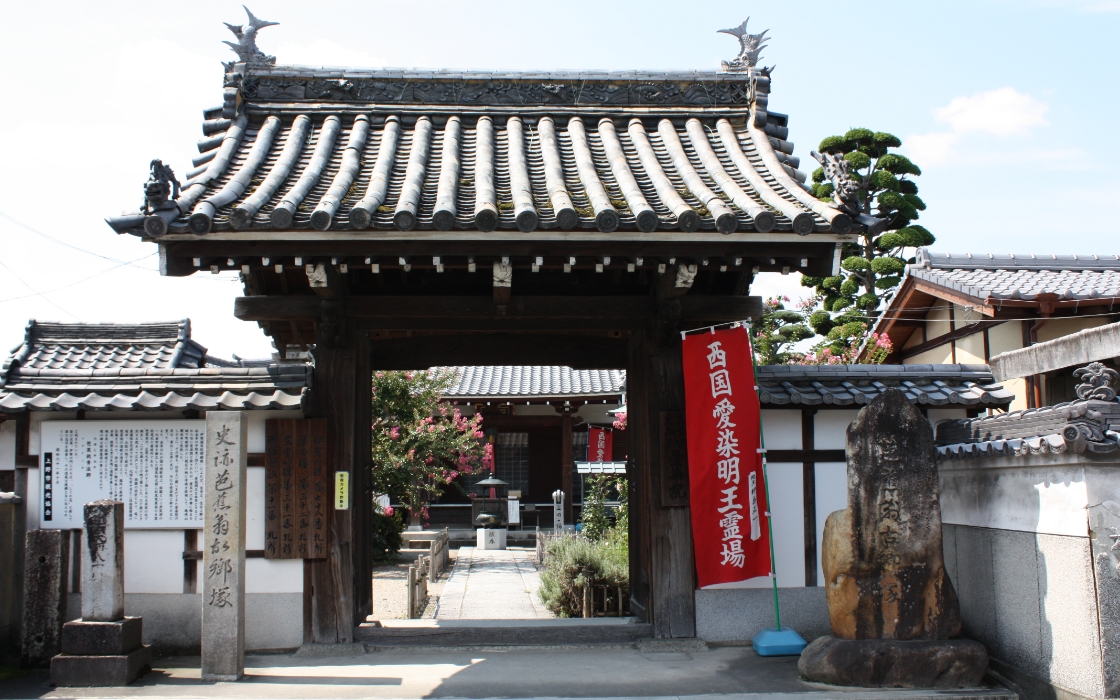
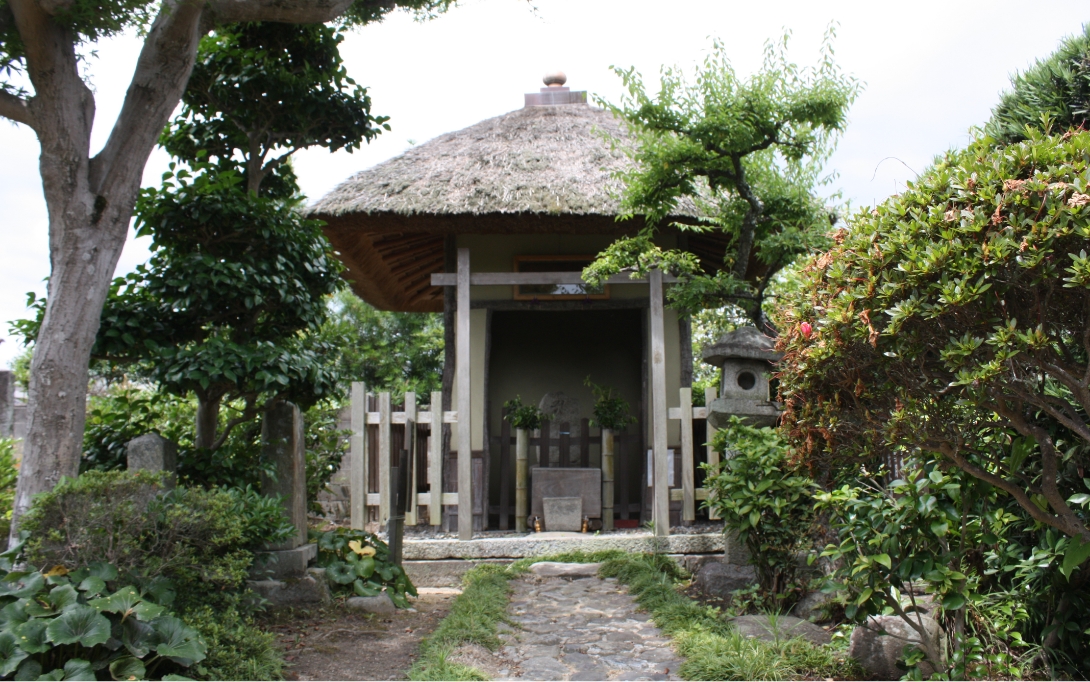
On October 12, 1694, while traveling in Osaka, Basho fell ill and died. According to his last will and testament, he was buried at Gichuji Temple in Zeze in the city of Otsu, Shiga Prefecture, which he loved "as if it were his hometown". After receiving news of his passing, Hattori Toho (the owner of Minomushian) and Kaimasu Takutai, two of Basho's disciples in Iga, brought some of his hair to have it enshrined. They buried Basho's hair, which the two of them had kept as a memento, in the shadow of a thicket at Aizenin, the Matsuo family temple, and erected a monument to mark the spot, calling it Kokyozuka ("Hometown Mound").
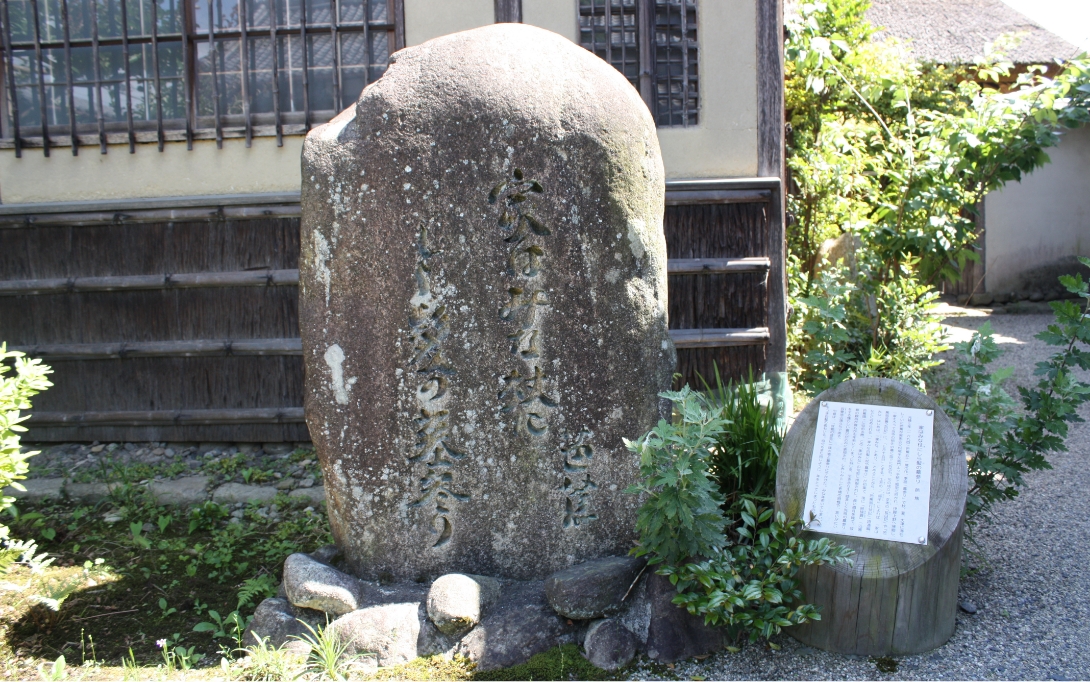
On the grounds of the temple is a monument bearing a poem written by the 51-year-old Basho while he was staying in Otsu after he had received a letter from his older brother Hanzaemon and been invited to return home to Iga-Ueno to visit their ancestors' grave: "The whole family / with grey hair and canes / visiting the grave", which can be interpreted as meaning "I went to visit a family grave with members of my family during the Obon Festival in my hometown. Everyone had aged, and some had canes and grey hair. I felt that I had aged as well."
Aizenin Temple & Kokyozuka Mound
Located within the grounds of Aizen-in Temple, the family temple of the Matsuo household, this mound is the resting place of Matsuo Basho’s preserved hair.
Every year on October 12th, the anniversary of Basho’s death, disciples hold the “Shigureki” memorial service, a tradition started by his followers and still observed today.
| Adress | 354 Uenononinmachi,Iga City,Mie |
|---|---|
| Contact | TEL:(+81)595-21-4144 |
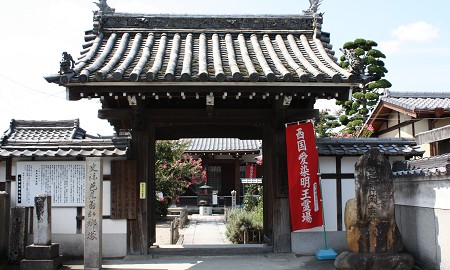
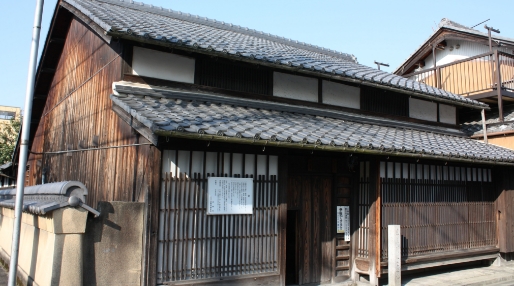
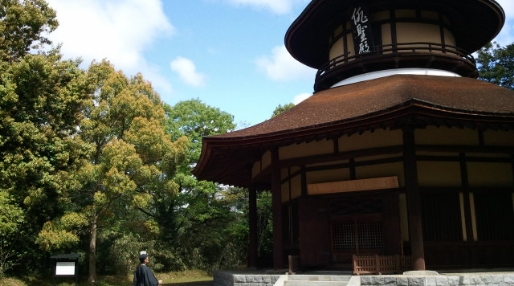
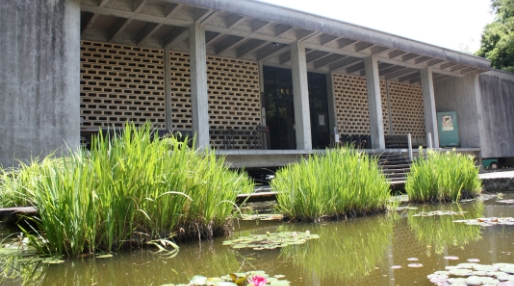
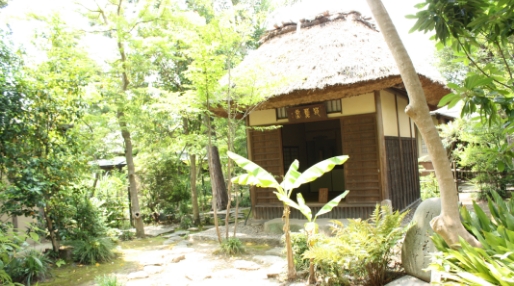
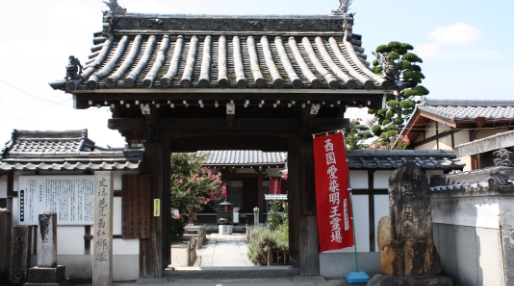
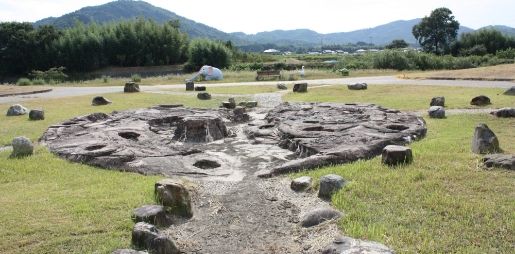
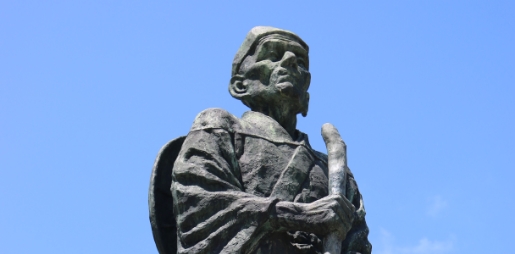
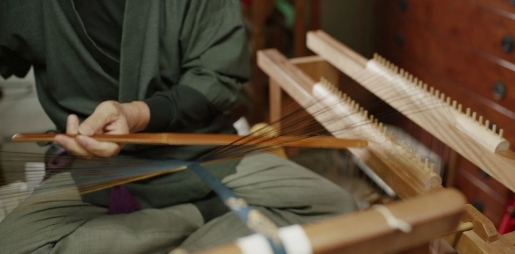
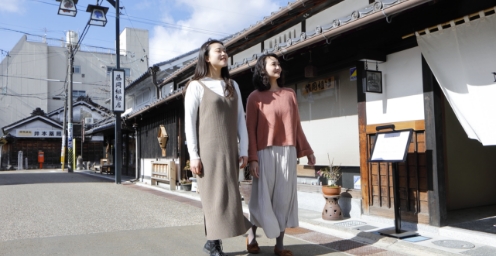

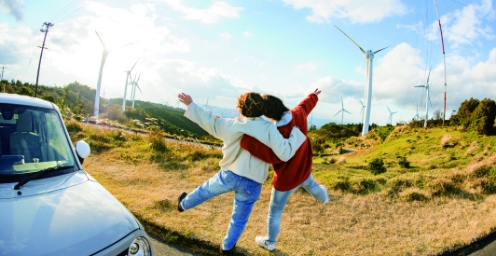

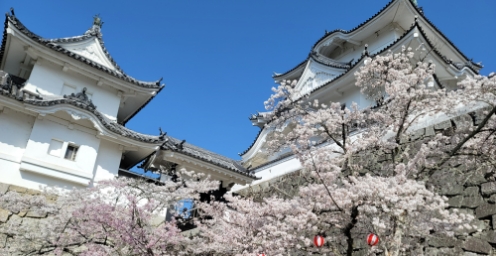

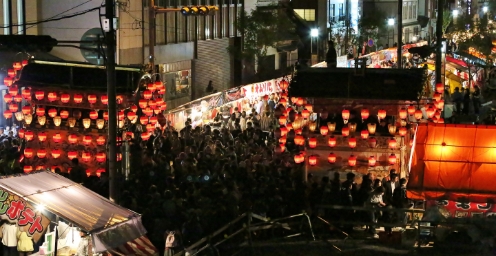
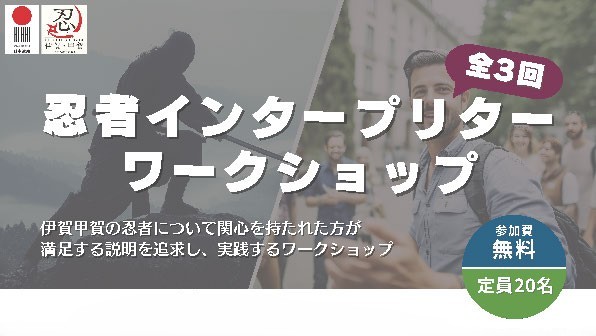
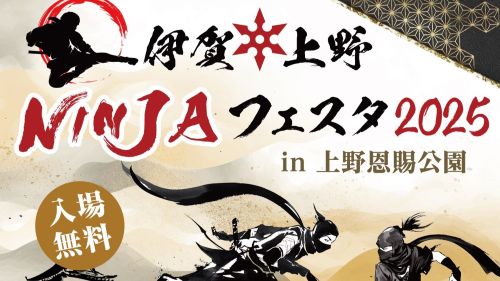

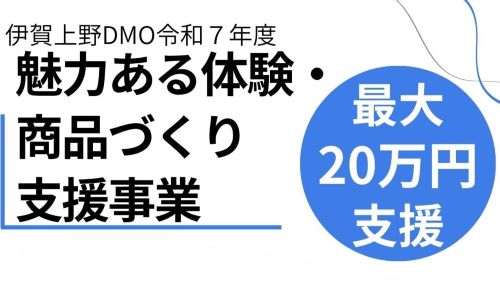
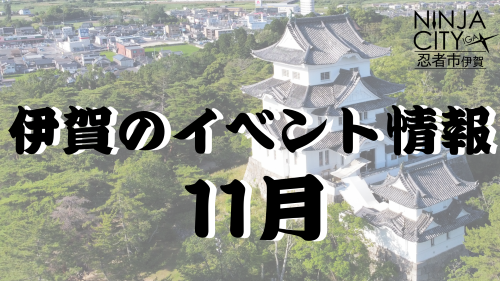
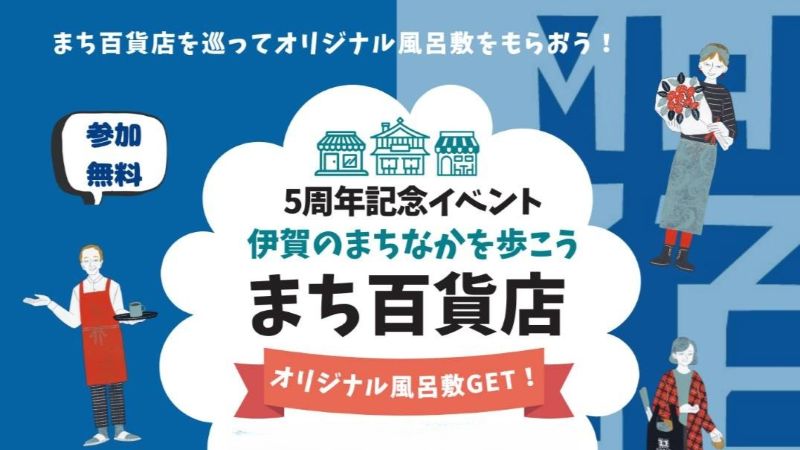



.png)
